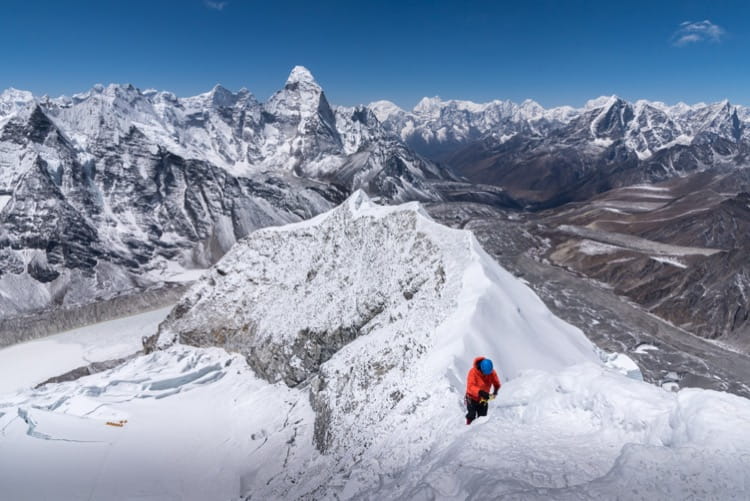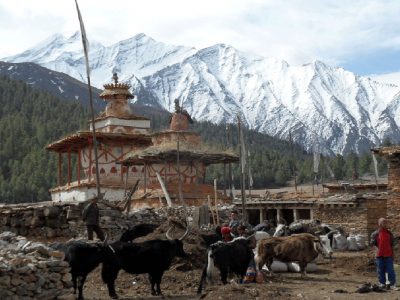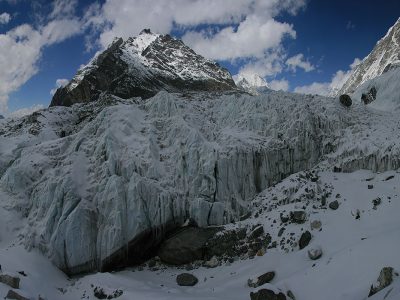Enjoy the Climbing Expedition
Climbing expeditions are different from trekking in that they are typically more technical and strenuous, and involve the use of a fixed rope line to ascend. For anyone interested in taking on a climbing expedition, it is important to have prior experience in mountain climbing at high altitudes of at least 6000 meters or more. Mountains have various grades, depending on the technical and physical difficulty of the climb. Those who are new to climbing should start with an easier climb before attempting a more challenging peak. With the right preparation and experience, climbers can reach the peak and experience the wonders of the mountains. Unlike trekking which involves walking on relatively flat terrain, climbing expeditions are more technical and strenuous in nature. Climbing routes are usually more complex with fixed rope line support available to reach the summit.
Climbing expedition in the Himalayas is a thrilling experience that promises to be both challenging and rewarding. The beauty of this type of trek is that it allows adventurers to enjoy breathtaking views of the Himalayas from some of the highest points on Earth. The Himalayan range is a stunningly beautiful place, and the unique sights and sounds of the region will stay with you forever.
Moreover, a climbing expedition in the Himalayas is a great way to experience the unique culture of the region. You will have the opportunity to meet local people and learn about their way of life. Additionally, you will gain a deep understanding of the region’s geography and history.
If you are interested in climbing, it’s important to note that previous experience of mountain climbing at high altitude of at least 6000+m is a must. This is because climbing such mountains requires a certain level of skill and experience. Additionally, mountains are graded based on their technical and physical difficulties, so climbers need to be aware of the challenges they will face.
Climbing expeditions in the Himalayas are a great way to explore this majestic region. It is an adventure that will stay with you for life, and one that you will never forget.
So, if you’re up for a challenge, why not consider embarking on a climbing expedition in the Himalayas?

The climb that you are about to embark upon will require a great deal of physical fitness and mental awareness. You will need to be prepared to push yourself to your limits and beyond.
Breathing can be a challenge at high altitudes, but with proper acclimatization, hydration, and nutrition, you will be able to cope with the altitude.
One of the biggest challenges that you will face on this climb is the altitude. At high altitudes, the weather can be cold, and your body will naturally want to reject food. It is crucial that you stay hydrated and consume enough nutrition to keep your body fueled and functioning properly.
To prepare for the climb, it is essential that you acclimatize yourself slowly and steadily. This means spending time at higher altitudes to allow your body to adjust to the decreased oxygen levels. You should also make sure to drink plenty of water and consume a balanced diet, rich in carbohydrates, proteins, and healthy fats.
In conclusion, climbing to high altitudes is a challenging and demanding endeavor. However, with proper preparation, including acclimatization, hydration, and nutrition, you can successfully cope with the altitude and enjoy the experience of climbing to new heights.
"I spent 24 amazing days in Nepal trekking to Everest Base Camp and over Chola Pass with Pema. Pema’s professionalism and genuine care for our well-being made the experience unforgettable. Thank you Pema! I would recommend him to anyone wanting to have such a life changing experience."
Donna from Canada Calgary




